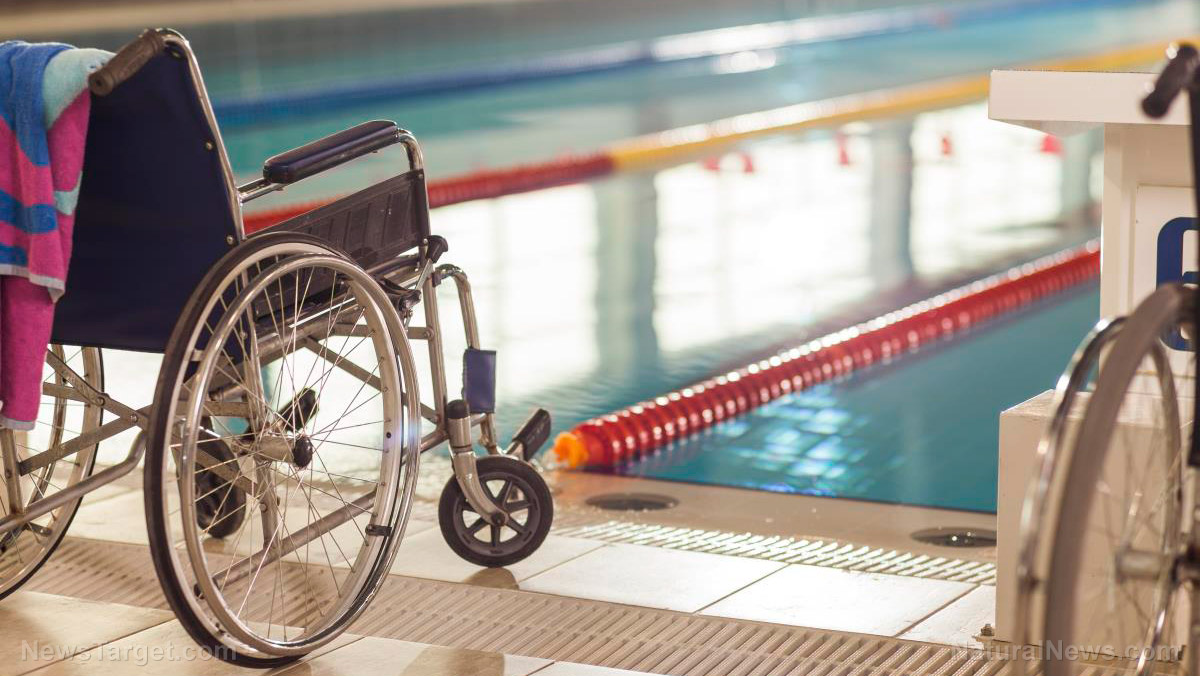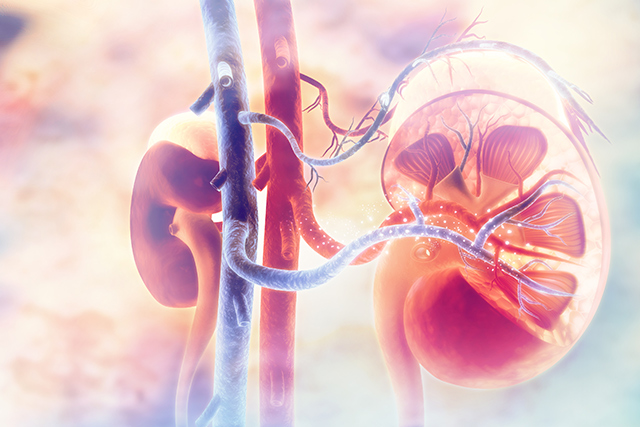High-intensity training found to significantly improve stroke survivors’ walking ability
07/23/2020 / By Virgilio Marin

Stroke survivors may need to intensify training to better regain mobility. A study published in the journal Stroke found that high-intensity step training can significantly improve walking ability than low-intensity step training.
The researchers noted that stroke victims may need a more challenging therapy to see better results. They suggest increasing the intensity of walking exercises and adding variable tasks, like walking on uneven surfaces, to challenge the nervous system of patients and allow them to navigate real-world situations.
“We found that when stroke patients are pushed harder, they see greater changes in less time, which translates into more efficient rehabilitation services and improved mobility,” said T. George Hornby, one of the authors of the study. “We need to move beyond traditional, low-intensity rehabilitation to challenge the nervous and cardiovascular systems so patients can improve function and perform better in the real world.”
Greater progress through high-intensity step training
For their study, the researchers assessed 90 stroke victims, aged 18 to 85, with weakness on one side of the body. They divided the participants into three training groups.
The first group received high-intensity step training with variable, difficult tasks. The second group received high-intensity step training with only forward walking. The third group received low-intensity step training with variable tasks, such as walking on uneven surfaces, up inclines and stairs, over randomly placed obstacles on a treadmill and across a balance beam.
They found that the groups that received high-intensity training walked faster and farther than the the group that received low-intensity training. They also noted that up to 80 percent of the participants in the high-intensity training groups had important clinical gains, while only 9 to 31 percent got the same benefit from low-intensity training.
In addition, the researchers reported that high-intensity variable training led to better dynamic balance while walking and better balance confidence. No serious adverse events occurred during the training sessions, which indicates that high-intensity step training with additional variable tasks is safe for stroke survivors.
“Our study suggests that stroke patients can perform higher intensity walking exercises and more difficult tasks than previously thought possible,” said Hornby.
Challenging the brain for better recovery
The study findings suggest that the brain needs to be challenged more when exercising to maximize health benefits. This is backed-up by other studies that involved people recovering from brain-related injuries.
In a study published in the Clinical Journal of Sport Medicine, researchers found that supervised exercise during the initial days of a concussion led to an earlier return to sport compared to supervised exercise initiated after the recommended 16-day rest period. (Related: Exercising after receiving a concussion can speed up recovery time.)
After a concussion, patients usually refrain from doing much physical activity to recover. But the researchers argued that this may be doing more harm than good for athletes. As their findings suggest, doing prescribed exercises shortly after suffering a concussion appears to be beneficial for both mind and body, and even speeds up recovery.
Recently, experts have lauded the ability of high-intensity interval training (HIIT) to accelerate recovery from stroke. HIIT is a workout strategy that consists of bursts of high-intensity activity interspersed with low-intensity routines or complete rest. Studies show that HIIT promotes faster walking speeds and improved cadence and stride length in stroke survivors, besides positively influencing brain recovery. HIIT also improves cardiovascular health by decreasing muscle fatigue.
Currently, healthcare workers use three approaches to HIIT:
- Short-interval — characterized by short, high-intensity bursts that require 100 to 120 percent maximum effort
- Low-volume — consists of short, high-intensity bursts at near maximal workload
- Long-interval — characterized by longer high-intensity bursts at lower workloads
According to preliminary results from randomized trials, HIIT is not only safe and effective in improving mobility outcomes, it also improves exercise enjoyment. HIIT promotes the release of endorphins, or the “happy hormones,” which helps pump patients up and relieve depressive symptoms. This, researchers say, greatly contributes to a faster and more successful recovery.
Read more about the benefits of exercise at Health.news.
Sources include:
Tagged Under: alternative medicine, brain health, cardiovascular health, fitness, healing, high-intensity training, men's health, natural cures, natural medicine, recovery, stroke, therapy, women's health, workout
RECENT NEWS & ARTICLES
COPYRIGHT © 2017 NATURAL MEDICINE NEWS




















